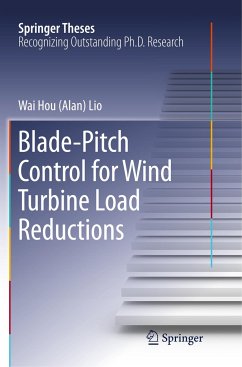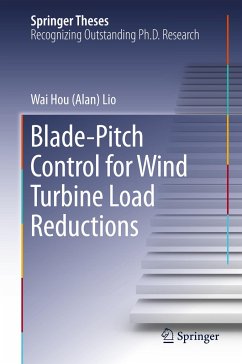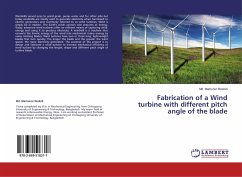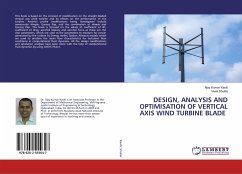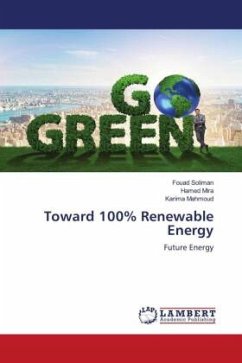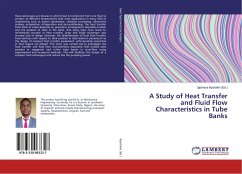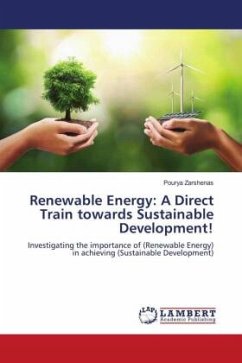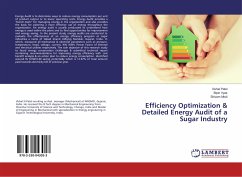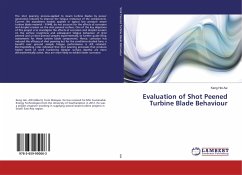
Evaluation of Shot Peened Turbine Blade Behaviour
Versandkostenfrei!
Versandfertig in 6-10 Tagen
33,99 €
inkl. MwSt.

PAYBACK Punkte
17 °P sammeln!
The shot peening process applied to steam turbine blades by power generation industry to improve the fatigue resistance of the components. Current life assessment models applied in typical low pressure steam turbine blade material - FV448, do not account for the effects of corrosion and droplet erosion on the shot peened surface. One of the key objectives of this project is to investigate the effects of corrosion and droplet erosion on the surface roughness and subsequent fatigue behaviour of shot peened and un-shot peened samples experimentally, to further guide lifing assessments for these t...
The shot peening process applied to steam turbine blades by power generation industry to improve the fatigue resistance of the components. Current life assessment models applied in typical low pressure steam turbine blade material - FV448, do not account for the effects of corrosion and droplet erosion on the shot peened surface. One of the key objectives of this project is to investigate the effects of corrosion and droplet erosion on the surface roughness and subsequent fatigue behaviour of shot peened and un-shot peened samples experimentally, to further guide lifing assessments for these turbine blade components. Hence, corrosion has reduced the efficacy of shot peening but for the conditions studied here, a benefit over ground sample fatigue performance is still retained. Electropolishing rates indicated that shot peening processes that produce higher levels of work hardening (deeper surface depths) are more electrochemically active, thus are more likely to exhibit faster corrosion.




